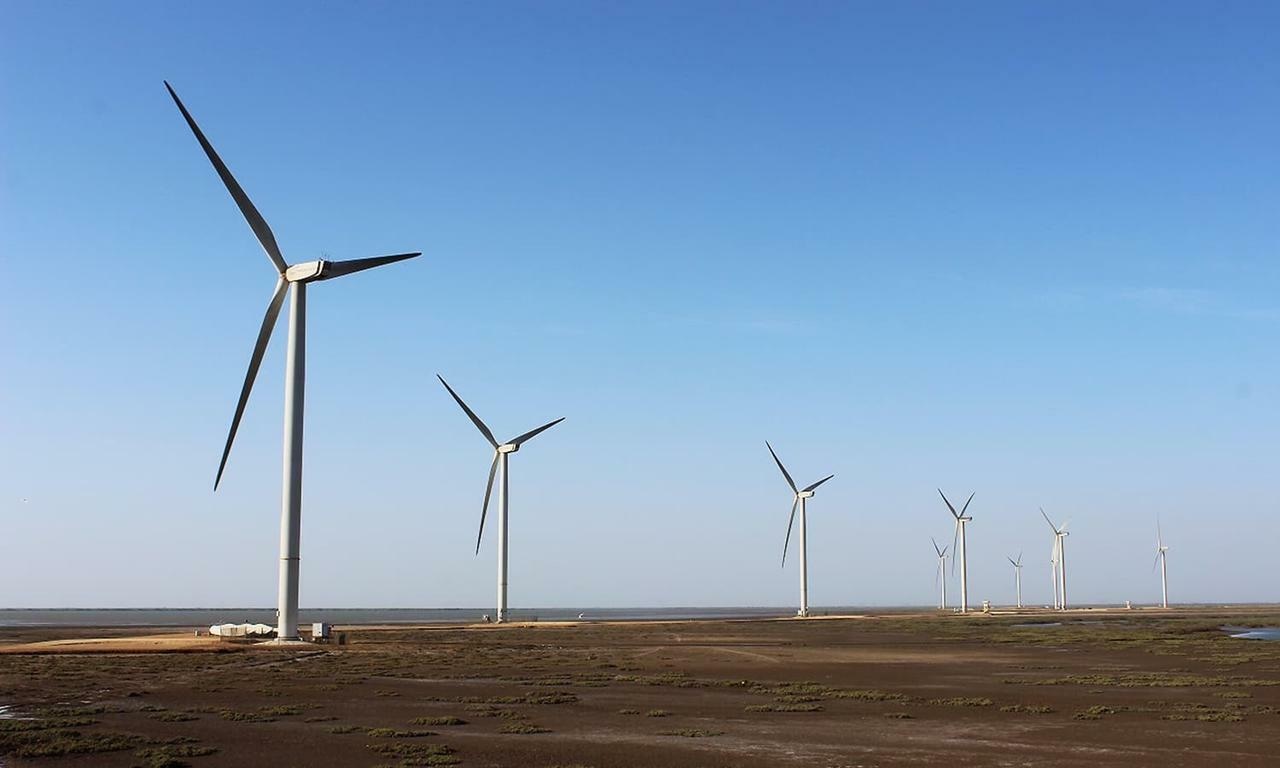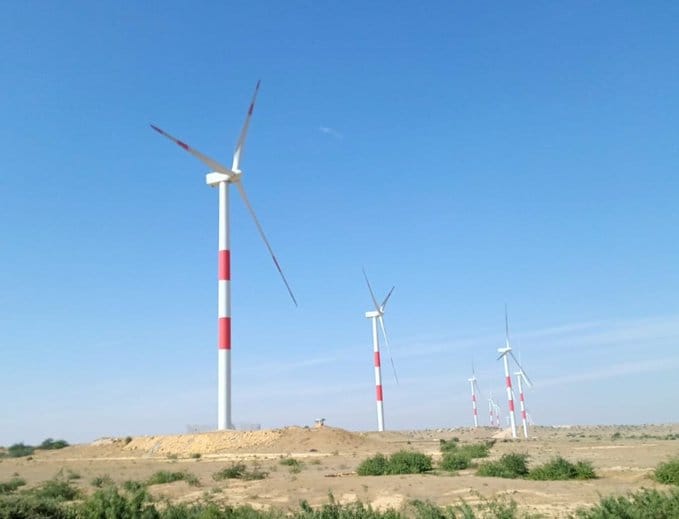.,.,
Kazim Alam
February 25, 2023
KARACHI: Wind power projects (WPPs), which have remained mostly idle since November 2022, will start despatching electricity to the national grid in the next 10 days.
The major victory by WPPs came after their delegation held a meeting on Thursday with all stakeholders, including the regulator of the power sector.
Speaking to
Dawn on Friday, Pakistan Wind Energy Association Chairman Rumman Arshad Dar said all 36 WPPs will become operational in about 10 days even though the projects are unlikely to be despatched 100 per cent.
“Of the total 1,835 megawatts of installed capacity, up to 1,300MW are going to be despatched in the immediate term,” he said.
Power generation by WPPs is currently nominal. Transmission lines that evacuate electricity from these projects located in Jhimpir and Gharo areas of Sindh to the national grid are currently choked. “Coal and nuclear have crowded out wind power,” Mr Dar said.
According to National Electric Power Regulatory Authority (Nepra), the share of wind power in the national energy mix in December was 2.5pc versus its share of 4.5pc in the installed capacity.
Not despatching the available wind capacity violates the Policy for Development of Renewable Energy for Power Generation 2006, which requires the sole state-backed buyer of electricity to compulsorily evacuate their entire power production.
Mr Dar said his association will meet Nepra and National Power Control Centre (NPCC), which serves as the nerve centre for power generation and transmission systems as part of the National Transmission and Despatch Company (NTDC), again in the second half of March to come up with a long-term solution to the issue of curtailment faced by WPPs.
In the meantime, however, NPCC will start despatching WPPs in 10 or so days, he noted.
The reason WPPs haven’t been despatched fully in recent months is that the glut of power generation in the South region (Sindh and Balochistan) has created bottlenecks in the transmission of electricity to the North region, which has higher consumption.
A substantial portion of the newly installed capacity in recent years — from wind and coal to nuclear — is based in the South region. The newly added two nuclear power plants with nameplate capacities of 1,100MW each, along with four coal power plants in Thar with a combined dispatchable capacity of 2,400MW, are “choking” the transmission network.
In other words, a large part of electricity generated from the nuclear and coal plants is being evacuated to the North region using the transmission capacities meant for wind projects.
Speaking on the condition of anonymity, the CEO of a wind power project who participated in the February 23 meeting said NPCC has demanded that it be provided with forecasts on wind patterns. “This will enable it to plan ahead and curtail other (non-renewable) plants when there’s wind,” he said.
According to a senior official of NTDC, the pace of construction work on transmission lines slowed down for a number of reasons, including a rapid rise in the prices of cement and steel, nationwide floods and complications arising out of the right-of-way issues.
New WPPs with a cumulative capacity of 610MW received tariffs by Nepra back in 2018. These projects were supposed to become operational between November 2020 and February 2021. But they began commercial operations between August 2021 and May 2022 for many reasons, including grid non-availability and Covid-19.
“Had the delays been escaped by the concerned network companies, there could have been huge savings in the power purchase cost during that period,” said Nepra in its State of Industry Report 2022.
Published in Dawn, February 25th, 2023












